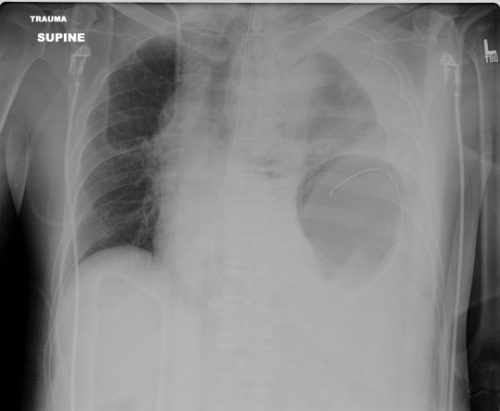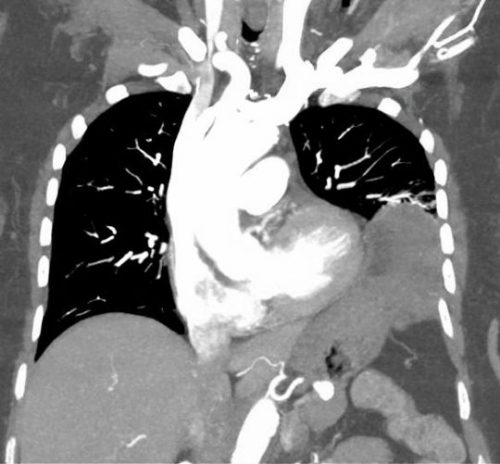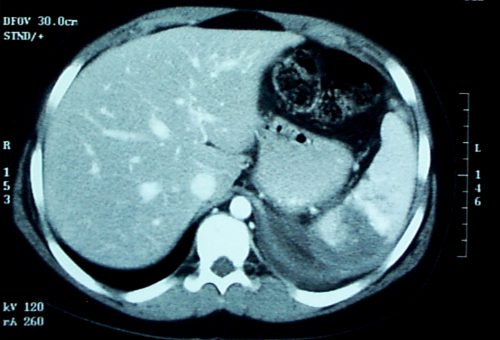A synopsis of contemporary management of renal injury was presented at the annual meeting of the American Association for the Surgery of Trauma last year. The Genito-Urinary Trauma Study Group (GUTS [groan!]) prospectively collected data on high-grade (grades 3-5) renal injuries from 14 Level I trauma centers over a 14 year period.
Here are some factoids from the article:
- Expectant management (nonoperative or minimally invasive angio/stenting/drainage) was the norm, with 80% of these high-grade injuries dealt with in this manner
- Only 6% of patients undergoing minimally invasive treatment underwent angioembolization
- As expected, the higher the grade, the more likely the kidney would be removed (Grade 4 = 15%, Grade 5 = 62%)
- Once operative management was performed, the nephrectomy rate escalated to 67%
- Nephrectomy was more common in patients with penetrating trauma (60%)
Bottom line: Nonoperative management of renal injuries has long been the norm. This more recent review confirms it. Once the abdomen is opened, the chance of losing the entire kidney skyrockets. Expectant management (repeat exam and labs) is very common, and very successful.
Angiography is an important adjunct, but was not used very commonly in this study. Perhaps the surgeons were concerned about complications from embolizing part or all of the kidney? I’ll discuss the consequences of this in my next post.
Reference: Contemporary management of high-grade renal trauma: Results from the American Association for the Surgery of Trauma Genitourinary Trauma study. J Trauma 84(3):418-425, 2018.




